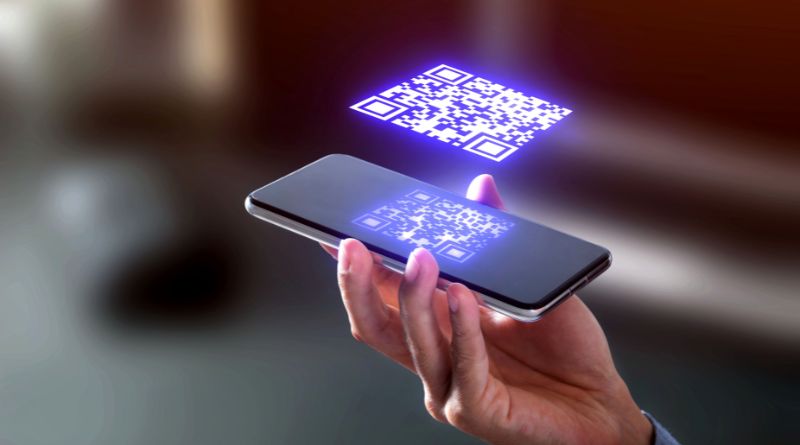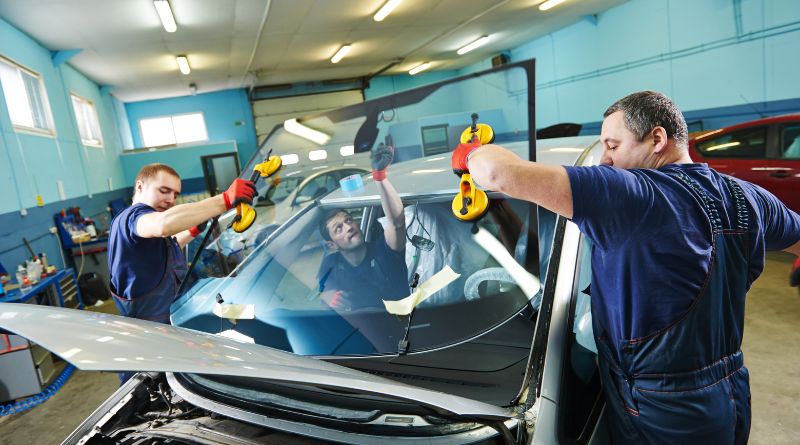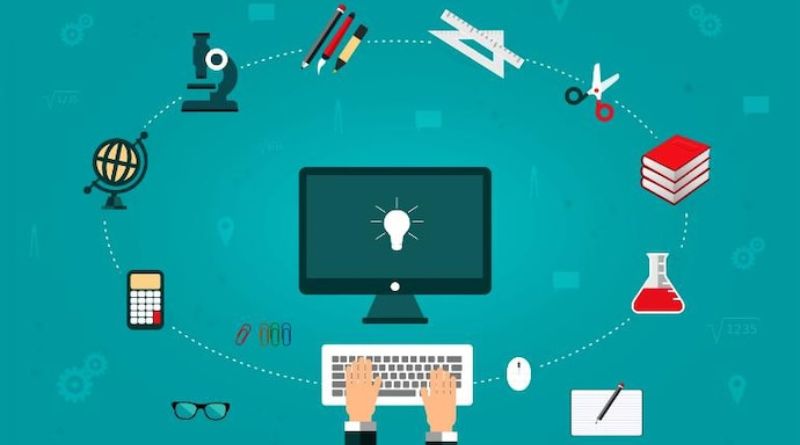Unlocking the Potential of QR Codes: A Modern Convenience

In an age defined by technological advancements and digital integration, the humble QR (Quick Response) code has emerged as a ubiquitous tool, seamlessly connecting the physical world with the digital realm. From advertisements to product packaging, restaurant menus to museum exhibits, QR codes have proliferated across various facets of daily life, offering a convenient bridge between offline experiences and online content.
Evolution of QR Codes:
First developed in 1994 by a Japanese automotive company, Denso Wave, QR codes were initially used for tracking parts in vehicle manufacturing. However, their potential soon transcended industrial applications as the widespread adoption of smartphones equipped with camera functionality provided the means to scan these codes easily. Unlike traditional barcodes, QR codes can store much more information, including URLs, text, contact information, and even multimedia content, making them versatile tools for information dissemination and interaction.
Ubiquitous Utility:
The versatility of QR codes has led to their integration into a myriad of contexts, revolutionizing various industries:
- Marketing and Advertising: QR codes have become a staple in marketing campaigns, enabling businesses to provide instant access to promotional content, discounts, and product information. They serve as a direct link between physical advertisements and online platforms, facilitating seamless customer engagement.
- Retail and E-commerce: In retail settings, QR codes on product packaging or in-store displays allow shoppers to access detailed product information, reviews, and purchasing options with a simple scan. They streamline the shopping experience by providing immediate access to relevant data, enhancing consumer confidence and informed decision-making.
- Hospitality and Dining: QR codes have found widespread use in the hospitality industry, particularly in restaurants and hotels. Digital menus, accessible via QR codes, offer patrons a contactless dining experience, allowing them to browse menus, place orders, and make payments using their smartphones. This not only enhances convenience but also promotes hygiene and safety, particularly in the wake of public health concerns.
- Education and Informational Signage: Educational institutions and museums utilize QR codes to provide supplementary information and multimedia content to students and visitors. Exhibits can be enhanced with audio guides, videos, and interactive elements, enriching the learning experience and fostering deeper engagement with the subject matter.
Convenience and Accessibility:
One of the primary appeals of QR codes lies in their simplicity and accessibility. With the prevalence of smartphones equipped with built-in QR code scanners and the widespread availability of free scanning apps, virtually anyone with a smartphone can interact with QR codes effortlessly. Additionally, QR codes are platform-agnostic, meaning they can be scanned using devices running on various operating systems, further enhancing their accessibility.
Future Potential:
As technology continues to evolve, the utility of QR codes is poised to expand even further. Integration with augmented reality (AR) and virtual reality (VR) technologies could unlock new interactive possibilities, enabling immersive experiences triggered by QR code scans. Moreover, advancements in data encryption and security protocols could bolster the use of QR codes in sensitive applications such as digital payments and identity verification.
Conclusion:
In an increasingly digitized world, QR codes stand as a testament to the power of simplicity and efficiency in bridging the physical and digital realms. From streamlining retail transactions to enriching educational experiences, their versatile applications continue to redefine the way we interact with information and content. As technology progresses, the evolution of QR codes is likely to continue, unlocking new avenues for innovation and connectivity in the modern age.







